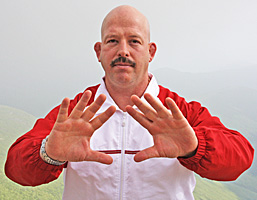Hi Matt,
As you encouraged me at the start of your book to write you I hope it’s ok I write to express my appreciation and ask a question.
The question is about the chapters about practising without pressure. It makes a good point. However the chapter afterwards you talk about the power of crisis and I’m curious to understand how the two live together.
You use an example of a man carrying out a piano while his house is burning down and I’m guessing he didn’t practise without pressure. So how do the two align and/or what am I missing :-).
Would be great to hear your thought,
R. B.
R.B.
Thank you for your question. The man who rescued others was not focused on himself. He was focused on an emotionalized mental picture of getting others out of the burning building.
When you practice without pressure, your focus is on the activity you are engaged in, not the “self.”
For example, a golfer who is working on the art of putting, focuses on the ball, the club and how his or her body moves through space as it uses the club. The golfer may also picture the ball dropping into the hole.
Your self-image is a mental picture, a mental blueprint of your life. It is not yourself, but rather, the image you have of your “self.” Because the image of yourself is not you, you have the power to change the results you are getting in life.
Continue to read and re-read Psycho-Cybernetics. It’s a lifelong practice with infinite applications.
Matt Furey

